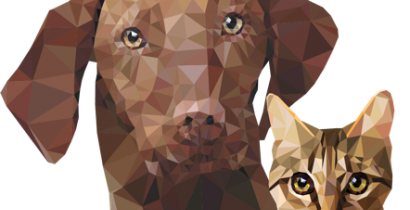Home -> Vectors -> Mosquitoes -> Feeding
FEEDING
Mosquitoes obtain their blood meals from a very wide variety of hosts. These include warm-blooded animals as birds, cattle, pigs, numerous wild animals, and humans; and cold-blooded animals such as frogs, lizards, snakes, insect nymphs and pupae.
The choice of host varies greatly with the species of mosquito and the availability of the host. Many species have a marked predilection for one type of host, which they select if reasonable available, taking other hosts only in the absence of their preferred food (Macdonald, 1957). Other mosquitoes have no particular preferences and will feed readily on a wide range of hosts.
Two types of feeding have been described by Gordon and Lumsden (1939): 'pool feeding', in which a capillary is ruptured by the tip of the fascicle and the blood is sucked from the small pool formed by the ensuing haemorrhage; and 'capillary feeding', in which the blood is taken up as a result of the fascicle penetrating into the lumen of a capillary.
Most mosquitoes are capillary feeders, however, there are also some pool feeders (Mehlhorn, 2001).
Seasonal and Circadian Dynamics
Host Seeking Behaviour
References
SEASONAL AND CIRCADIAN DYNAMICS
Blood feeding in mosquitoes follows a species-specific circadian rhythm with three main patterns:
- nocturnal with feeding occurring at night – probably most species belong to this group, e.g. some Aedes species and Mansonia africana;
- diurnal, if feeding occurs largely during daylight hours, e.g. Aedes apicoargenteus and Aedes longipalpis;
- crepuscular, if feeding occurs largely during twilight hours, at dusk or at dawn, e.g. Aedes africanus and Anopheles gambiae (Goma, 1966).
EXPLORE OUR CONTENT
 CVBD MapsThe CVBD Occurence World Map presents country-specific situations based on current scientific knowledge and feed-back from experts around the world in an easy-to-grasped way. |
| Read more-> |
 ResourcesElanco Animal Health supports education in parasitology and especially in the field of vector-borne diseases. Access image collections, discover the World Forum calendar, interesting links and our glossary. |
| Read more-> |
 CVBD World ForumThe CVBD World Forum is a working group of leading international experts with the mission to enhance knowledge and communication on companion animal vector-borne diseases for the improvement of animal, human, and environmental health. |
| Read more-> |
